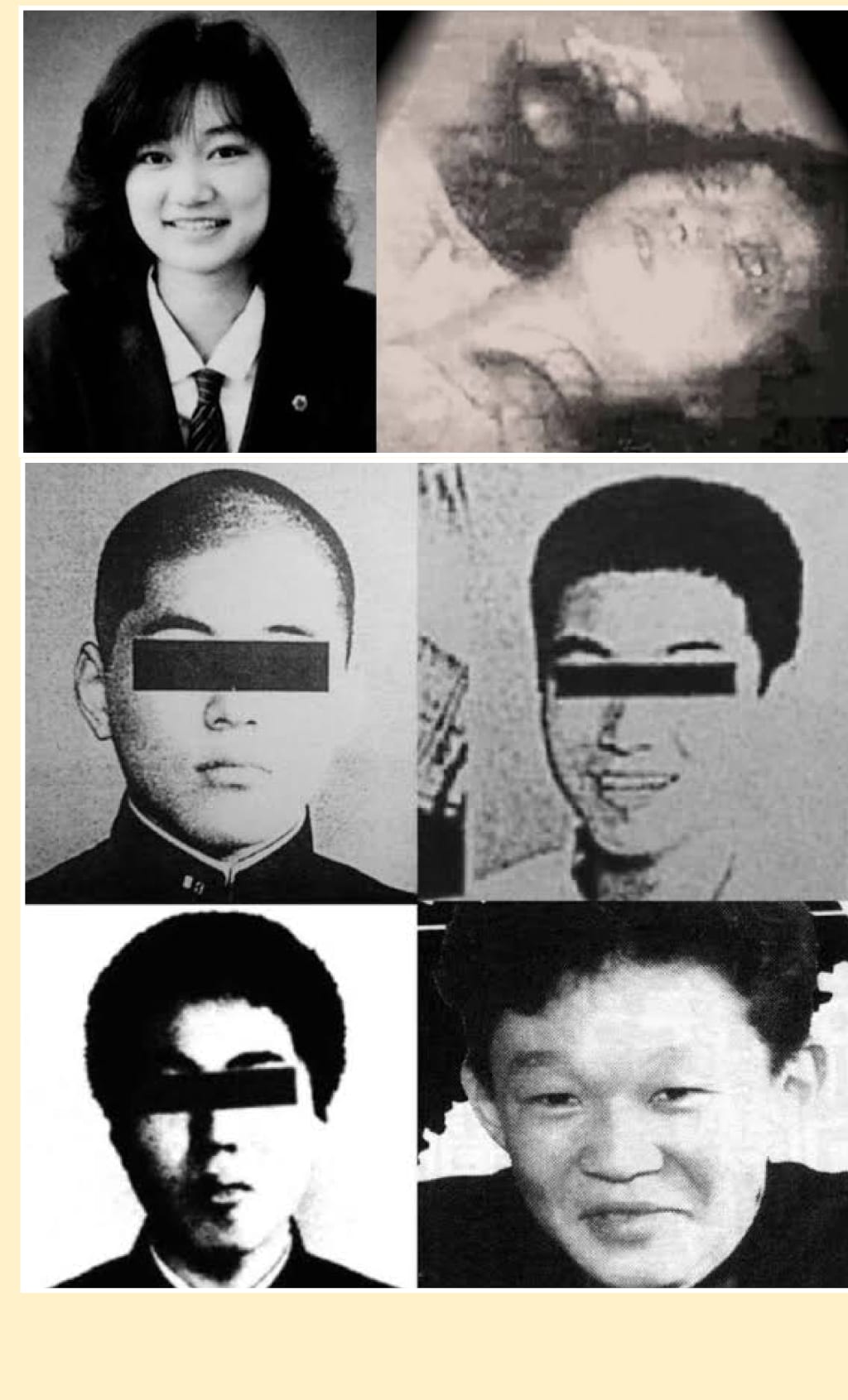How could four young men commit such a heinous crime? The brutal murder of Junko Furuta remains one of the most harrowing chapters in modern criminal history. A chilling reminder of humanity's darkest potential, this case shook Japan to its core and continues to haunt discussions about justice and rehabilitation.
The tragic events unfolded on November 25, 1988, when 17-year-old Junko Furuta was kidnapped from her home in Nishinomiya, Hyōgo Prefecture. What followed was an unimaginable ordeal lasting 44 days, during which she endured unspeakable torture at the hands of her captors. Forced to consume live cockroaches and human waste, subjected to repeated sexual assaults, and tortured with firecrackers and boiling water, her suffering represented the epitome of human cruelty. Despite her desperate pleas for help, neighbors ignored her cries, believing them to be domestic disputes.
| Bio Data | Details |
|---|---|
| Name | Junko Furuta |
| Date of Birth | March 30, 1971 |
| Place of Birth | Nishinomiya, Hyōgo Prefecture, Japan |
| Occupation | High School Student |
| Date of Death | January 4, 1989 |
| Cause of Death | Torture and Murder |
| Reference | The Japan Times |
Her eventual death came after being set on fire by her tormentors, who disposed of her body in a nearby river. The perpetrators—Hiroshi Miyano, Yoshikuni Jojo, Yasushi Watanabe, and another minor—were all under 21 years old at the time of the crime. This fact significantly influenced their sentencing, as Japanese law treats juveniles more leniently. Despite public outrage demanding capital punishment, the sentences ranged from life imprisonment to shorter terms based on age and perceived remorse.
Two of the convicted individuals have since reoffended, committing acts of violence that include assault and attempted murder. These recidivist tendencies raise critical questions about the effectiveness of Japan's juvenile justice system and whether rehabilitation truly occurred. While the names of the perpetrators remain largely anonymous due to legal protections for minors, their actions left an indelible mark on Japanese society.
Junko Furuta's story serves as both a warning and a call to action. It highlights the importance of community vigilance, the need for comprehensive mental health support, and the necessity of addressing systemic issues within the justice system. Her final days were marked by unimaginable suffering, yet her legacy persists as a powerful reminder of the consequences of unchecked cruelty.
In the aftermath of the tragedy, changes were proposed to strengthen laws protecting victims and increase accountability for juvenile offenders. However, the balance between punishment and rehabilitation remains a contentious issue. Critics argue that lenient sentences fail to provide adequate closure for victims' families while also failing to deter future crimes. Proponents of current policies emphasize the importance of giving young offenders opportunities for redemption.
The case also exposed societal vulnerabilities, including inadequate neighborly oversight and cultural taboos surrounding reporting suspicious activities. In many Japanese communities, there exists a reluctance to intervene in what might appear to be private family matters. This hesitation allowed Junko's cries for help to go unheeded, enabling her captors to continue their atrocities uninterrupted.
Efforts to honor Junko's memory include educational programs aimed at raising awareness about violence prevention and promoting empathy among youth. Schools across Japan incorporate discussions about the case into their curriculum, using it as a teaching moment to foster understanding of the impact of violent behavior. Additionally, support networks for victims of abuse have expanded, providing resources for those experiencing similar situations.
While no amount of reform can undo the horrors inflicted upon Junko Furuta, her story continues to inspire action. Through increased dialogue about criminal justice reform, improved training for law enforcement officers, and enhanced support systems for vulnerable populations, society strives to prevent such tragedies from occurring again. The lessons learned from this dark chapter remind us all of our shared responsibility to protect the innocent and uphold basic human dignity.
As we reflect on Junko's brief but impactful life, let us remember not only the brutality she endured but also the enduring hope that positive change can emerge even from the depths of despair. Her case challenges us to examine our own values, question existing systems, and commit to creating a safer world where such atrocities never happen again.
Though decades have passed since that fateful evening in Nishinomiya, the echoes of Junko Furuta's suffering still resonate through the halls of justice and the hearts of those committed to preventing similar tragedies. Her story demands that we remain vigilant, compassionate, and determined in our pursuit of a more just society.



